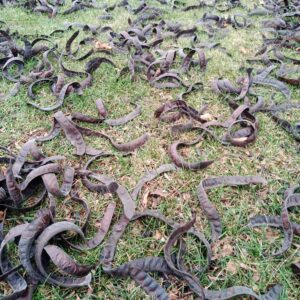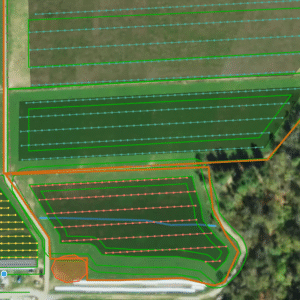“Hogs, cattle, cows and horses are fond of them. I couldn’t tell which likes them better. Just turn them out and they go to the persimmon tree first thing. They just love persimmons better than anything.” Dr. Lamartine Hardman, quoted in J. Russell Smith’s Tree Crops
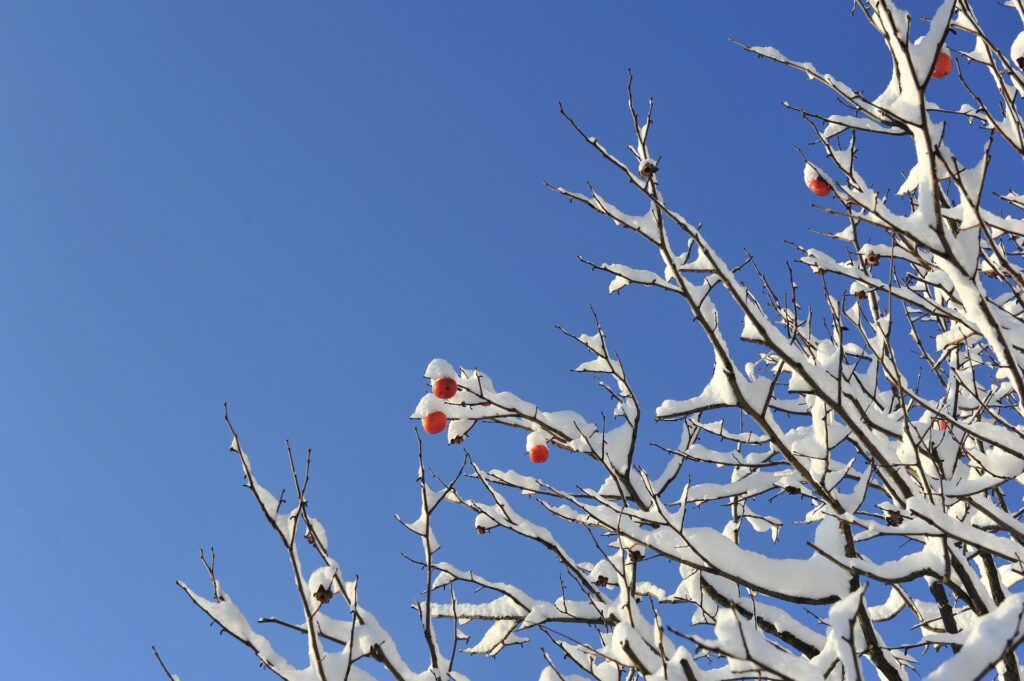
While honey locust might be king of stockpiles, dropping high-energy pods that can feed livestock right through winter, persimmon is right up there when it comes to valuable late-season feed. While the persimmon fruit won’t last as long on the ground as a honey locust pod, persimmon is particularly useful because they can drop fruit for over half the year! Depending on the variety, trees will drop their sweet morsels of delight (31% sugar) as early as August, or as late as February. If you’re looking for a way to put pounds on your animals before butcher, or simply give them an energy and nutrient boost to get through winter in tip-top-shape, look no further.
As I write about using trees as feed crops, half of my work is that of a historian, digging through old books and articles. Most of the relevant information on using crops like honey locust, persimmon and acorns to feed livestock comes from the days before the Green Revolution and the ubiquity of high-input, go-big or go-home agriculture. Since about the 1940’s, almost no university research or governmental funding has gone into tree crops for livestock feed. Now, however, with more farmers embracing grazing, especially those farmers in the eastern half of the United States which can easily support both trees and forages, it’s time to dig up that old knowledge about tree crops and make it available to a new generation.
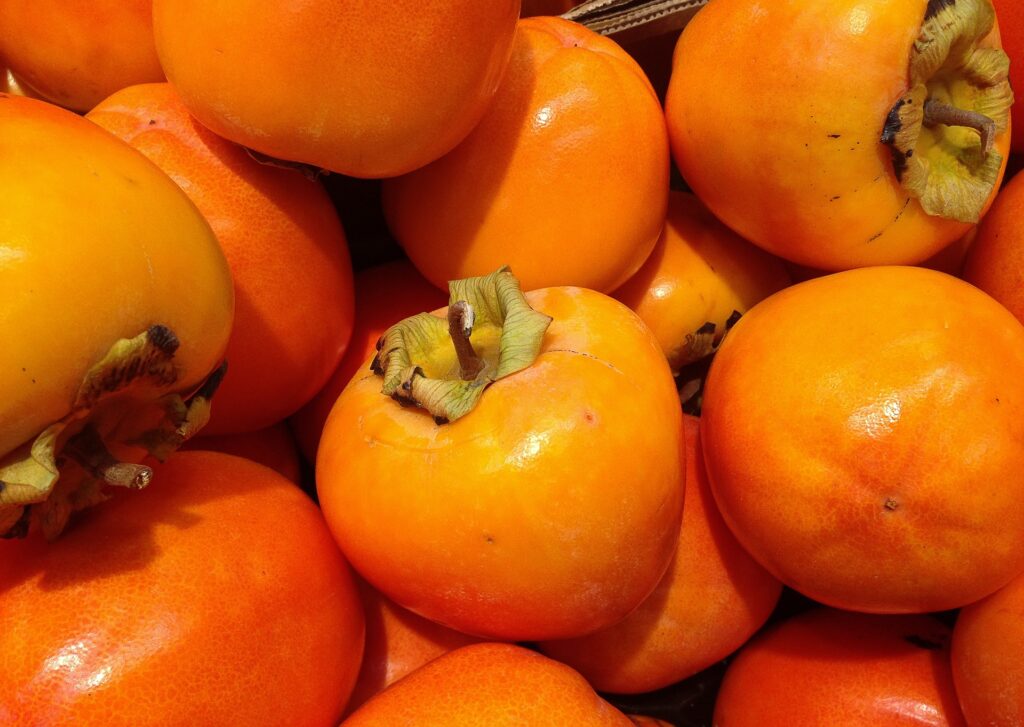
What follows are a selection of quotes from the book Tree Crops, a Permanent Agriculture, by J. Russell Smith. J. Russell Smith was a geologist and fruit explorer who traveled across the globe in the early 1900’s studying numerous forms of agriculture. His goal was to remake agriculture to halt the enormous destruction of the land he was seeing (the book was originally published in 1929, just before the Dust Bowl). The book went on to inspire many generations with its vision of a two-story agriculture made up of grazing beneath and crop-bearing trees above. To craft the book, he draws on the insights of hundreds of sources throughout his book. It is a very worthwhile read indeed.
“The persimmon tree has magnificent natural qualities of great aid as a crop-maker:
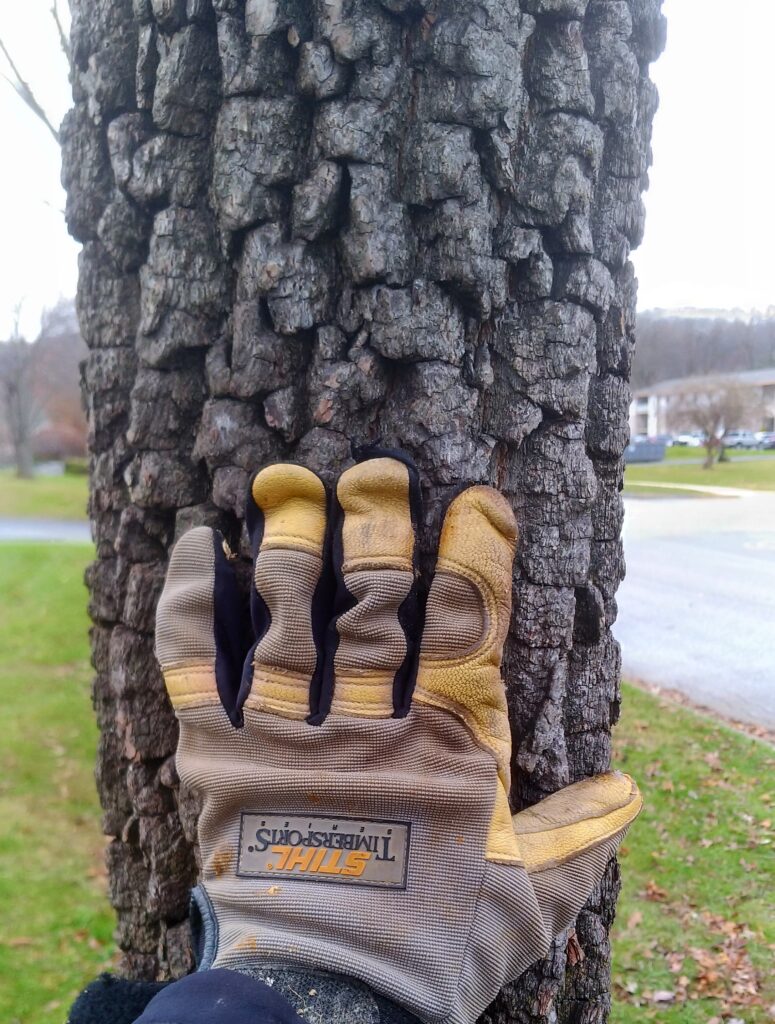
- Its extreme catholicity as to soil. It thrives in the white sand of the coastal plain, in the clay of the Piedmont hills and the Blue Ridge, in much of the Mississippi alluvial, and the cherty hills of the Ozark.
- Another soil aspect needs to be emphasized- the ability of the American persimmon to grow in poor soil. I have seen them grow and produce fruit in the raw subsoil clay of Carolina roadsides and in the bald places in the hilly cotton fields where all the top soil has been washed away.
- The persimmon is remarkable in the length of its fruiting season. With the persimmon, nature unaided has rivaled the careful results of man with the peach and apple, for the wild persimmon ripens often in the same locality continuously from August or September until February, dropping their fruits where animals can go and pick it up through this long season of automatic feeding. In this respect it is ahead of the mulberry. Furthermore, it should be pointed out at once that this long season combines the added virtue, the great virtue, of…
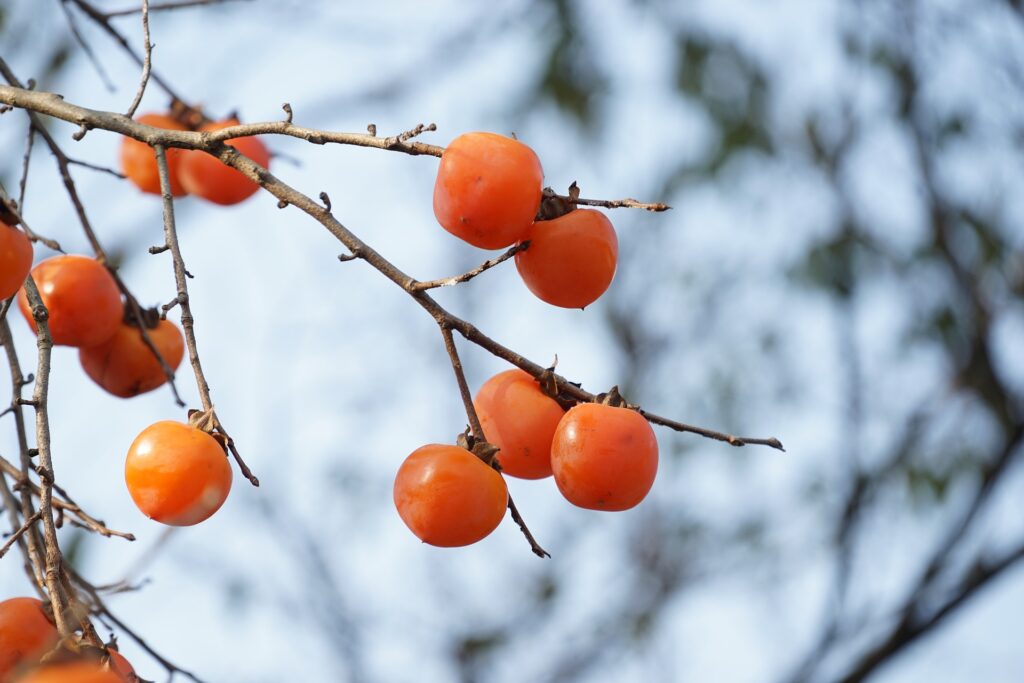
- Automatic storage. It is true that nearly half of the season of persimmon-dropping occurs after frost has stopped all growth, and farm beast are usually eating food stores in barns. Truly these are two great virtues for a tree crop.
- The fruit of the persimmon is very nutritious. It is said to be the most nutritious fruit grown in the eastern United States. It is too much to expect the persimmon to tree have the complete and amazing collection of attributes cited for the mulberry. Compared to the mulberry, the persimmon (a deep rooter) is not easy to transplant. Therefore it is produced in the nursery at greater expense. It does not grow so rapidly as the mulberry. It does not even grow quite so rapidly as the apple. However, it is a much more common tree in America [note: in the South] than the mulberry, growing wild in much greater abundance. This is partly due to the fact that the leaves are shunned by most pasturing animals, including the sheep and goat. I have proved this in my own experience. This is a point of great significance because seed can be planted in pasture fields, pasturing can continue without interruption, and the trees can be grafted to better varieties once they reach a suitable size.
- Native persimmons in my native locality, northern Virginia, bloom late in June, when wheat is ripe. This almost sure escape from frost injury seems to be a great advantage.”
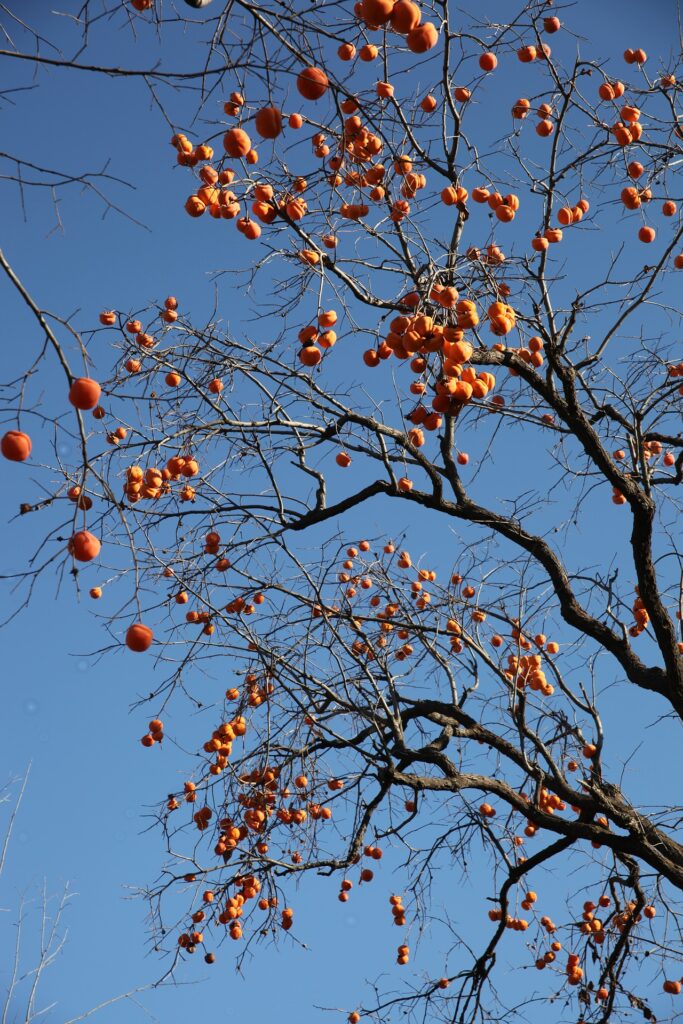
“The seedling persimmons we have grown here have in the fifteen years they have been growing attained a height of from twenty-five to thirty feet and a diameter averaging about six and a half inches. These trees have been growing in good ground and have been given good care…We consider from four to five bushels [180-225lbs] a fairly good yield for these trees.” (Albert Dickens of Kansas State Horticultural College, 1916)
“In North Carolina I have seen boys getting persimmon from the trees where the hogs were pasturing, and it required three boys to get the persimmons- one to keep the hogs back, one to knock the fruit from the tree, and one to pick it up. And the boys had to be quick if the hogs did not get a share.” (D.S Harris, 1913)
“Here in southern Indiana where native persimmons abound, nearly everyone appreciates the value of persimmons for hogs. I had a hog pasture on one of my farms in a native persimmon orchard, and their value is almost equal to corn, after they get ripe, but cannot be utilized at any stage of growth like corn. But after the begin to ripen and lose their astringency, they turn rapidly to sugar that has a decided fattening property.” (Alvia G Gray, 1913,)
“It is very common in the making of a hog pasture to retain any native persimmons that may be growing there with the idea of the hogs gathering the fruit.” (C.C. Newman of Clemson College)
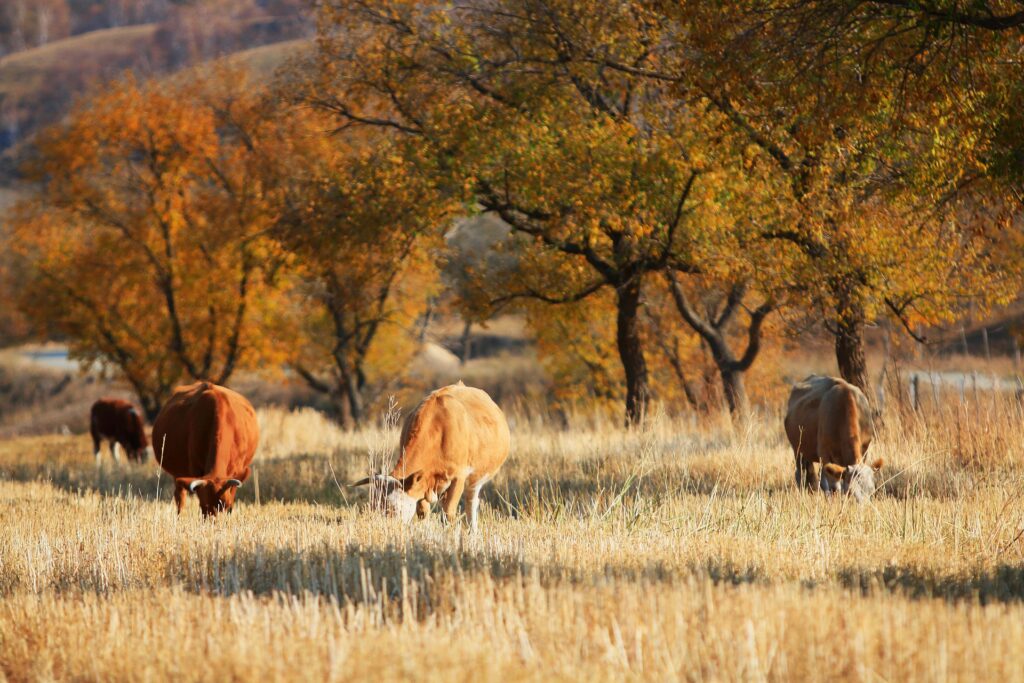
“I am convinced that the persimmon is destined to be one of the most important fruits grown in the United States.” (Walter T Swingle, Crop Physiologist, USDA. 1927).
That final quote, about persimmon becoming a major crop in the United States, has yet to come to fruition. There was a detour, a detour away from farming with nature. If regenerative grazing embraces all that nature has to offer, from grasses and forbs, shrub and trees, it will thrive like never before. And in such a system of agriculture, persimmon has a bright future indeed.


